Terminalia catappa (Tropical Almond)
Top Tropicals Plant Encyclopedia
Botanical name: Terminalia catappa
Common names: Tropical Almond, Badamier, Java Almond, Indian Almond, Malabar Almond, Singapore Almond, Ketapang, Huu Kwang, Pacific Almond
Family: Combretaceae
Origin: India
Hardiness: 25°F









The Tropical almond tree (Terminalia catappa) is a large deciduous tree that grows up to 100 feet tall and can survive in cold regions as long as temperatures do not drop below 30FF. It is native to USDA Zones 10-11 and grows best in full sun and with moderate water. In addition to being an ornamental tree, the tropical almond tree is also a valuable source of nutrition. Each tree can produce edible fruits, which are rich in proteins, vitamins, minerals, omega-3 fatty acids, and antioxidants. The kernel of the fruit is particularly rich in proteins and fats, and has been shown to improve eye health, reduce inflammation, and strengthen teeth and bones.
In addition to its nutritional properties, the tropical almond tree has several other medicinal uses. In Taiwan, the fallen leaves of the tree are used as a herbal drug to treat liver diseases. The kernel of the fruit has been shown to have aphrodisiac properties. In Suriname's traditional medicine, a tea made from the leaves is used to treat dysentery and diarrhea.
The tropical almond tree is also known for its salt and drought tolerance, and can be grown in a container where its size can be controlled for many years.
Similar plants: Terminalia catappa (Tropical Almond)
- Bucida buceras (Florida Black Olive Tree)
- Bucida spinosa (Spiny Black Olive)
- Terminalia bentzoe (Benjoin)
- Terminalia calamansanai (Philippine Almond)
- Terminalia foetidissima (Terminalia)
- Terminalia ivorensis (Black Afara)
- Terminalia kaernbachii (Okari Nut)
- Terminalia mantaly (Madagascar Almond)
- Terminalia muelleri (Australian almond)
- Terminalia sp. (Terminalia)
Recommended Fertilizer: SUNSHINE C-Cibus - Crop Nutrition Booster
SUNSHINE-Honey - sugar booster
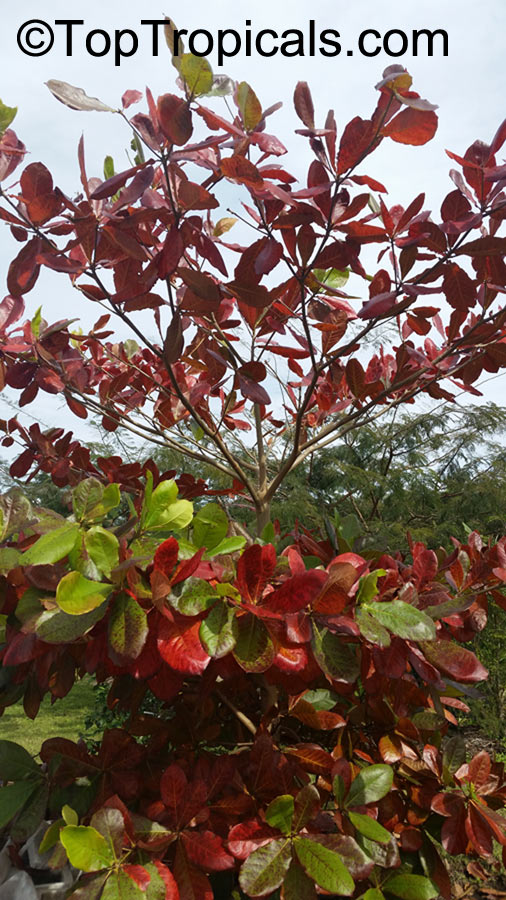
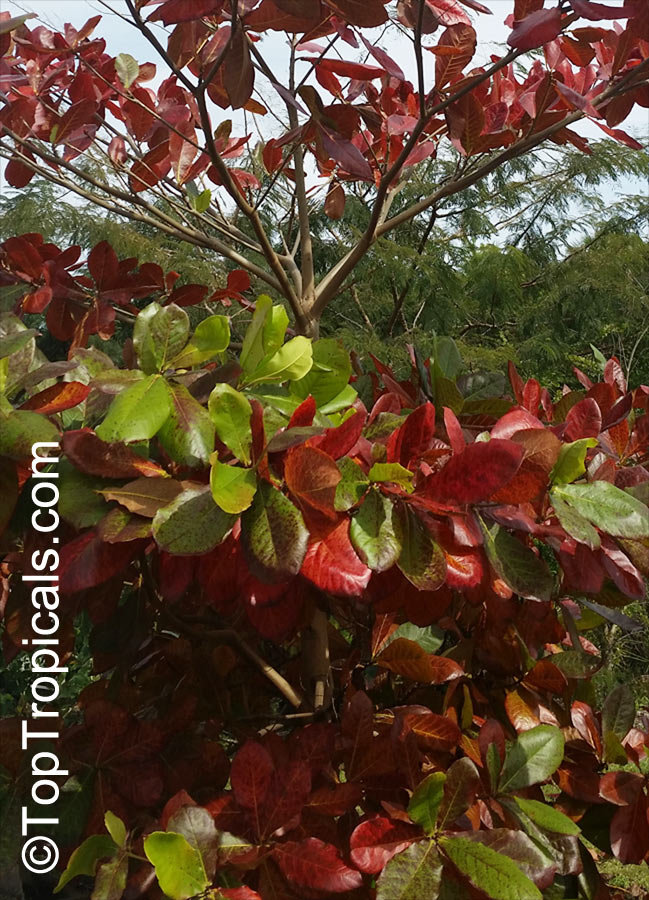
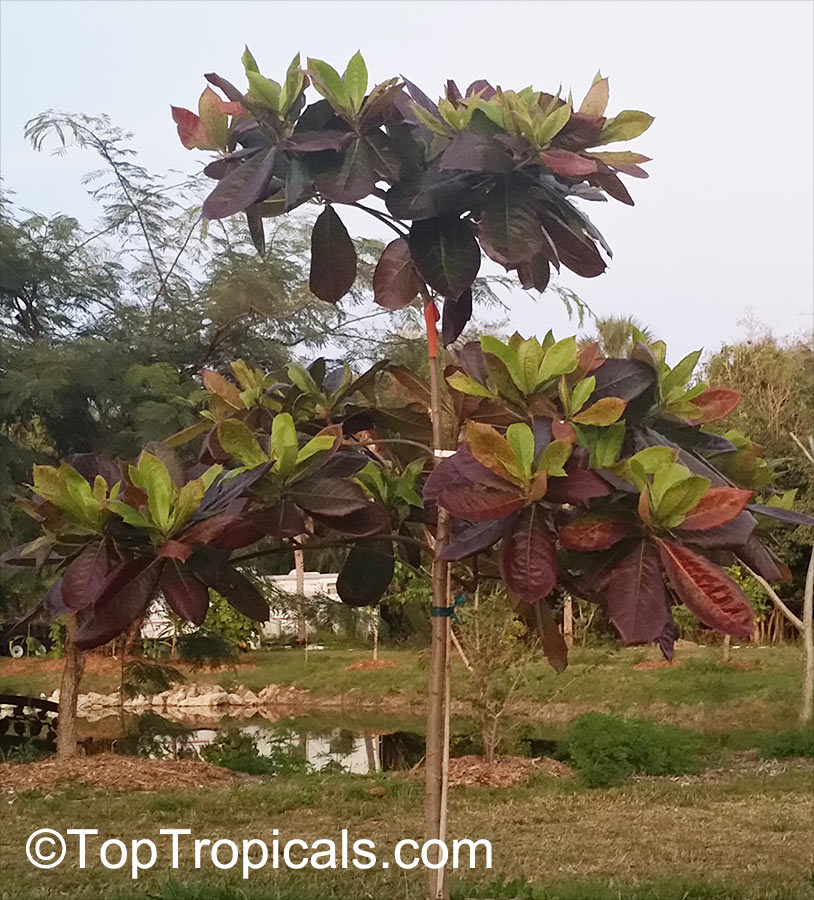

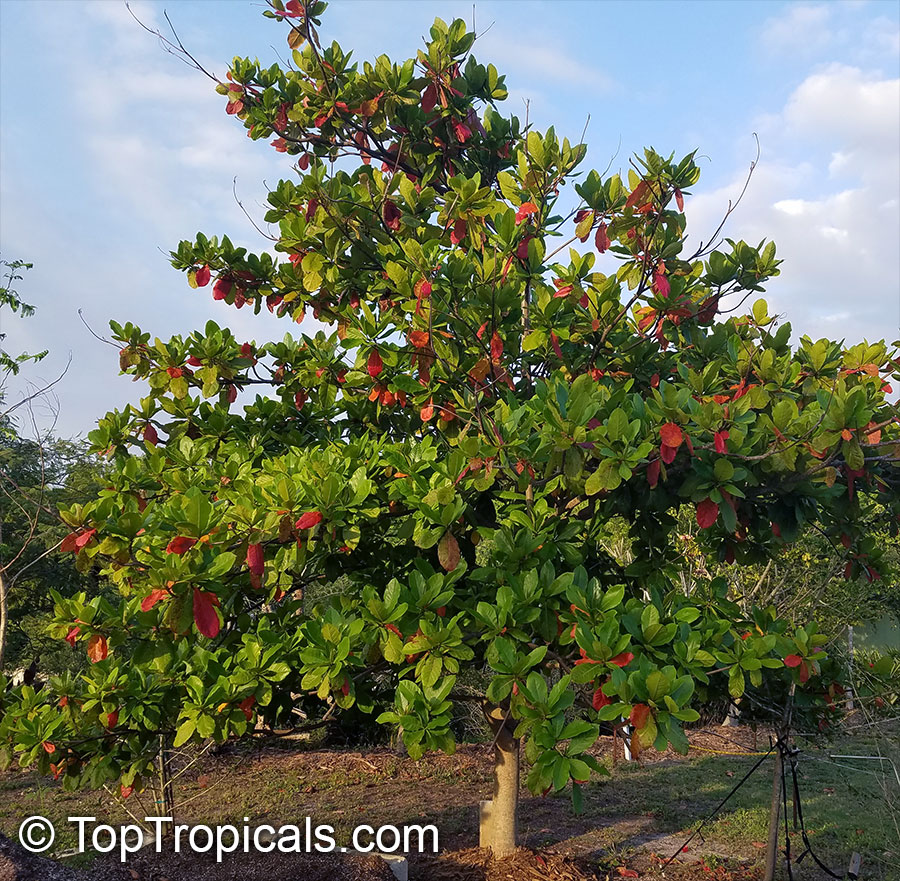
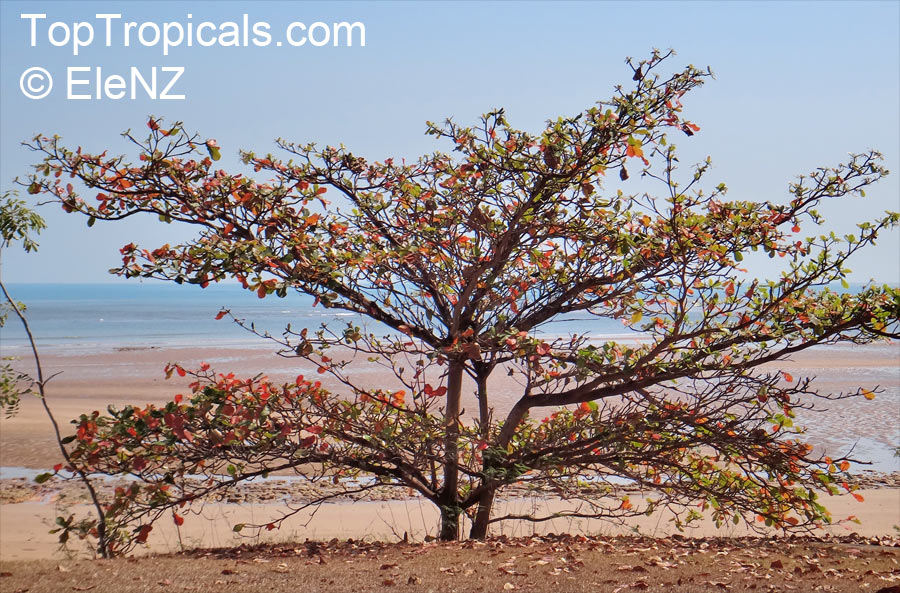
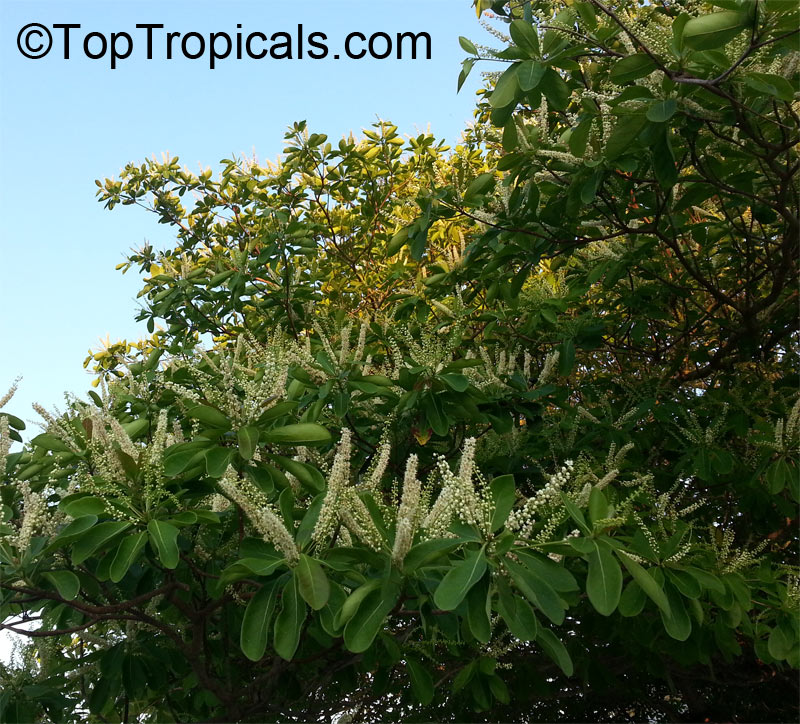
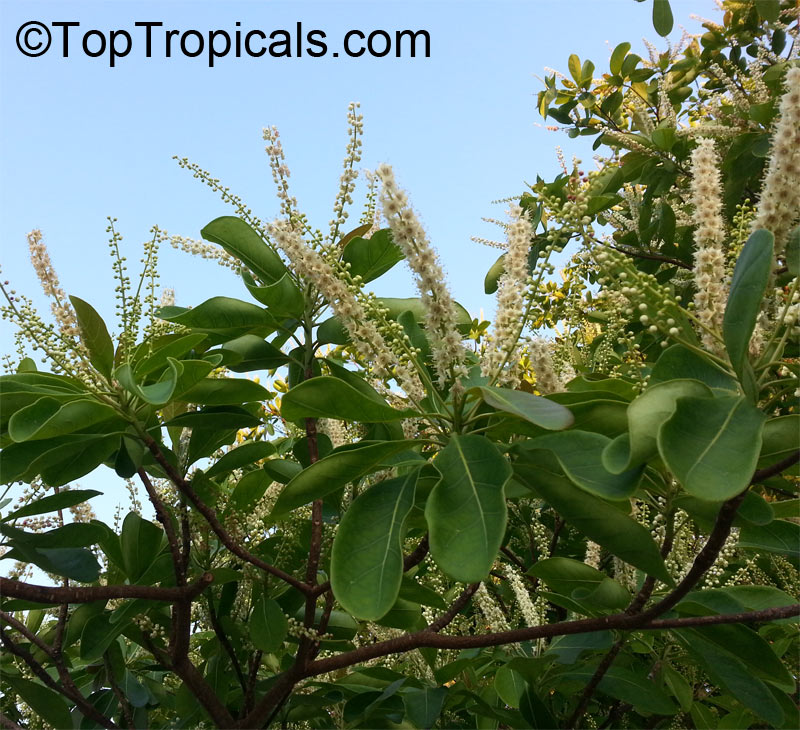
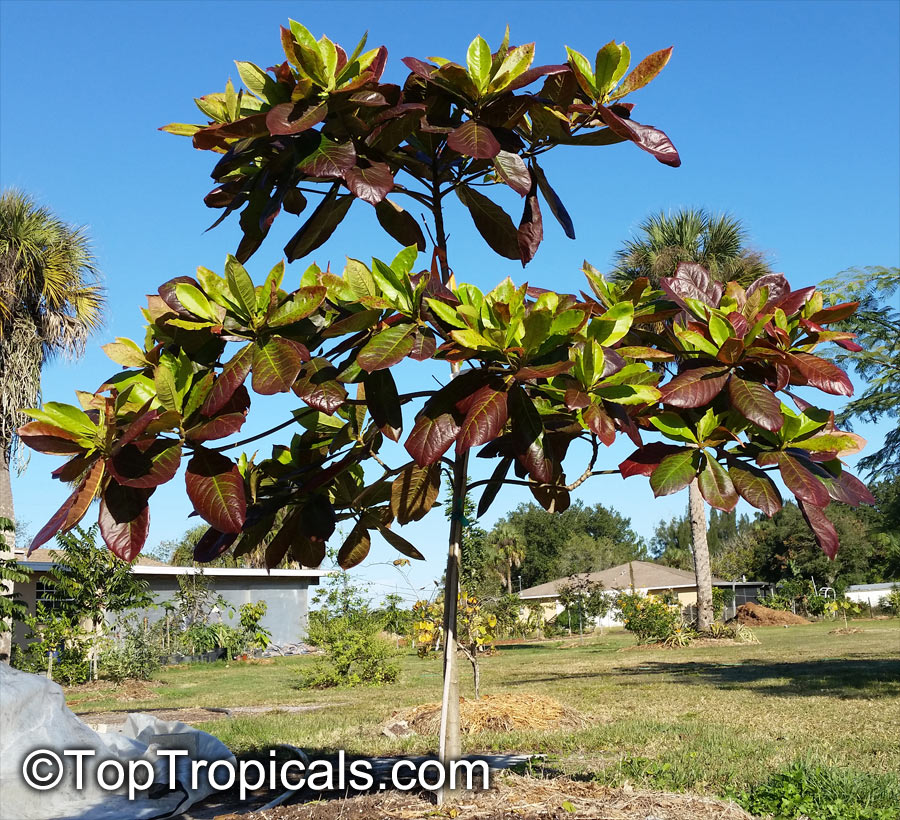


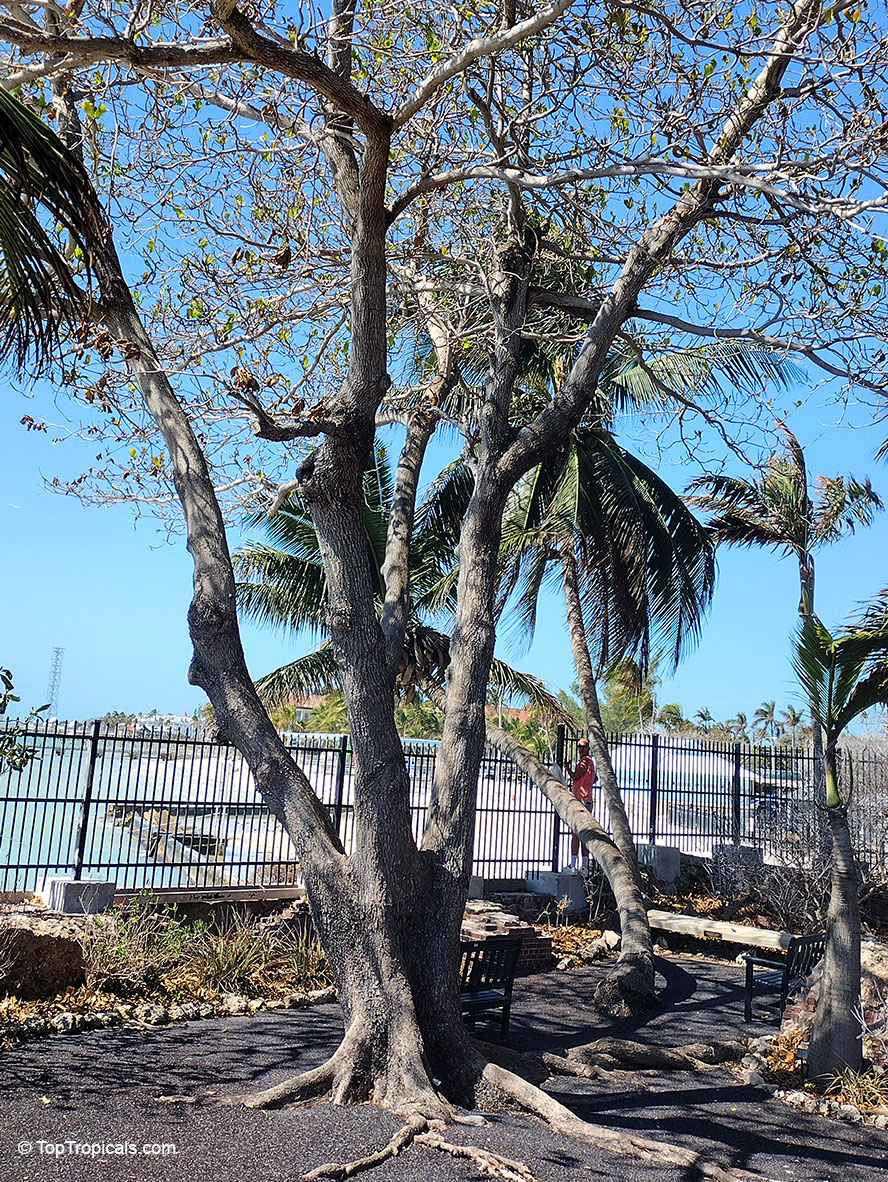
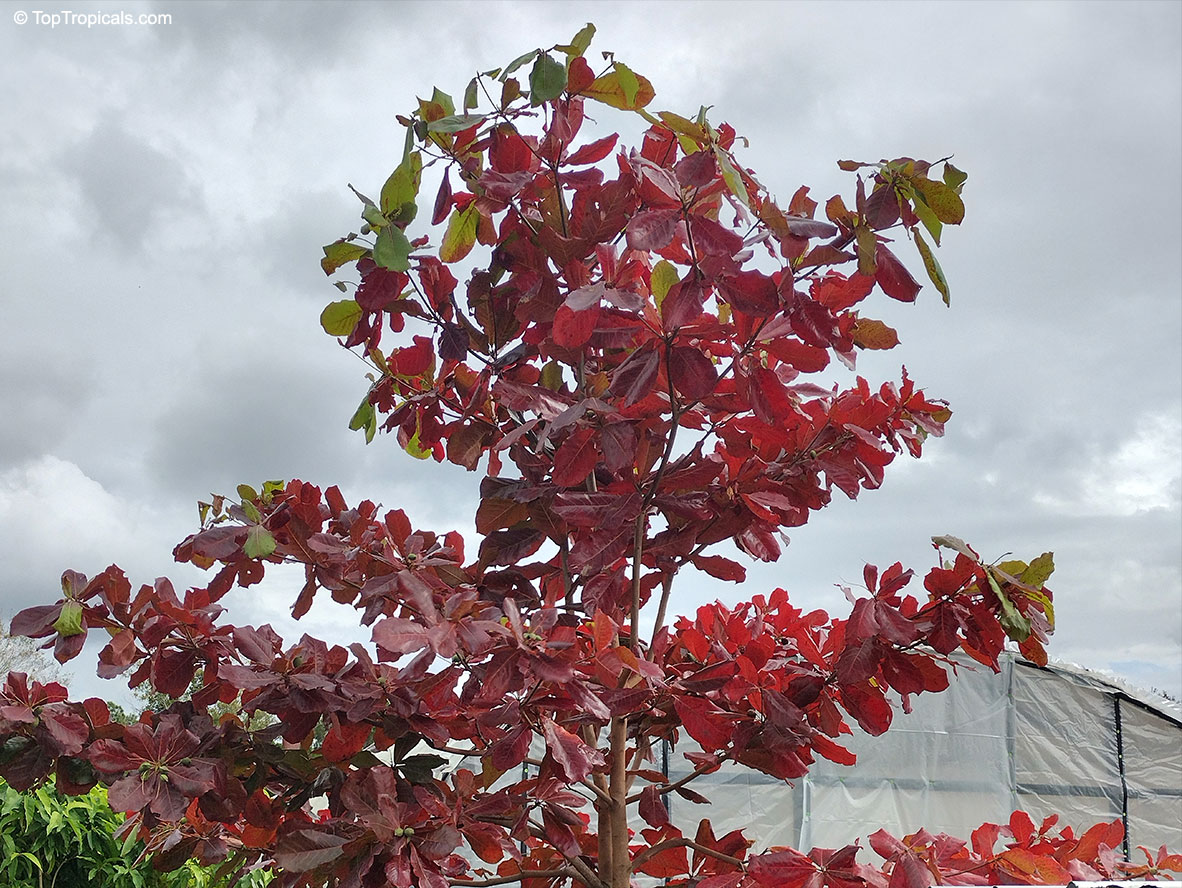
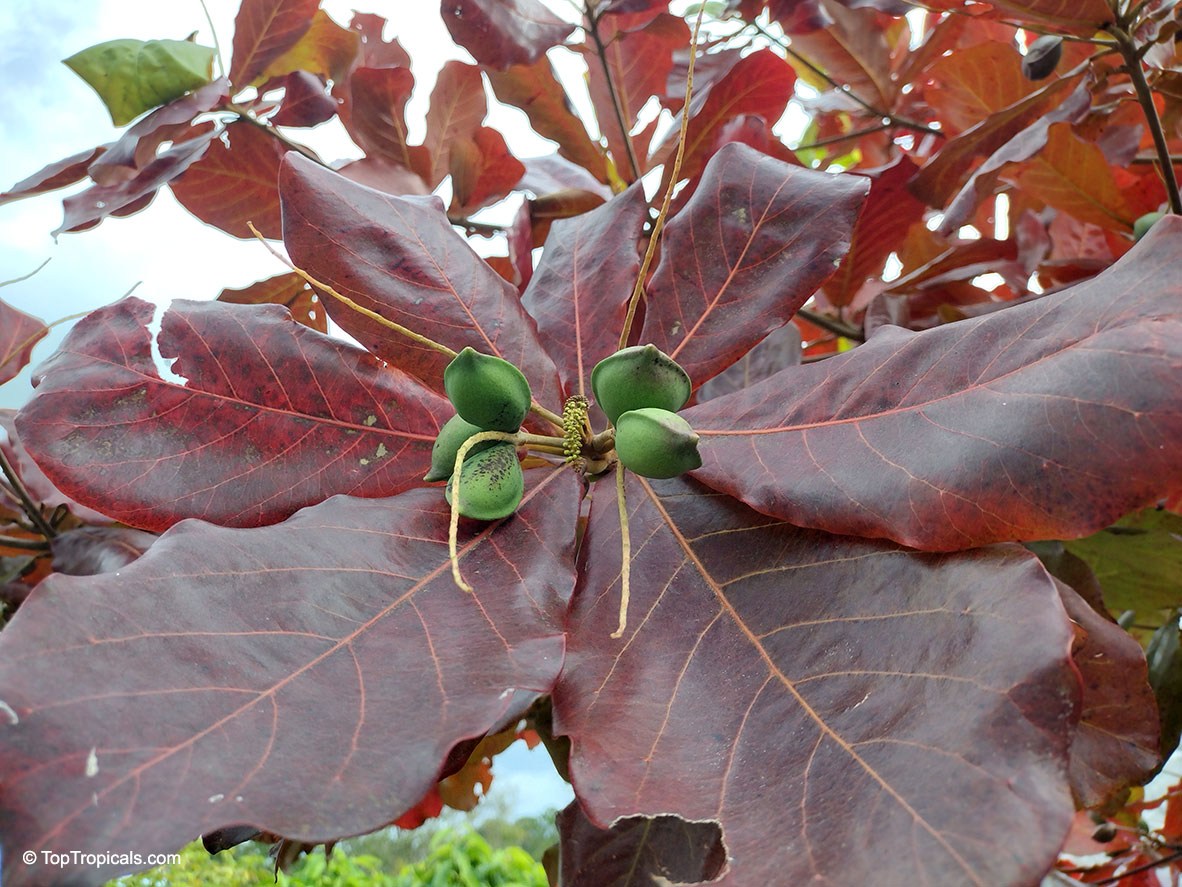
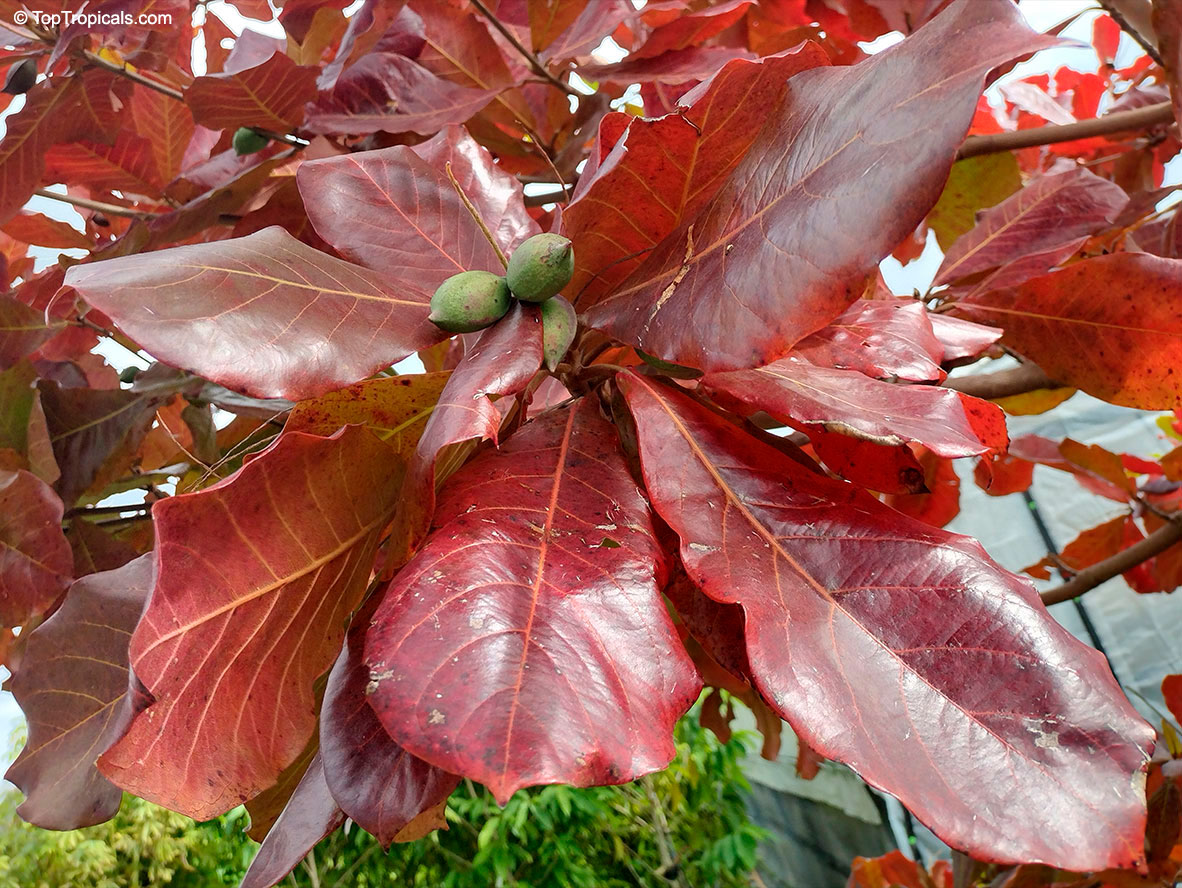
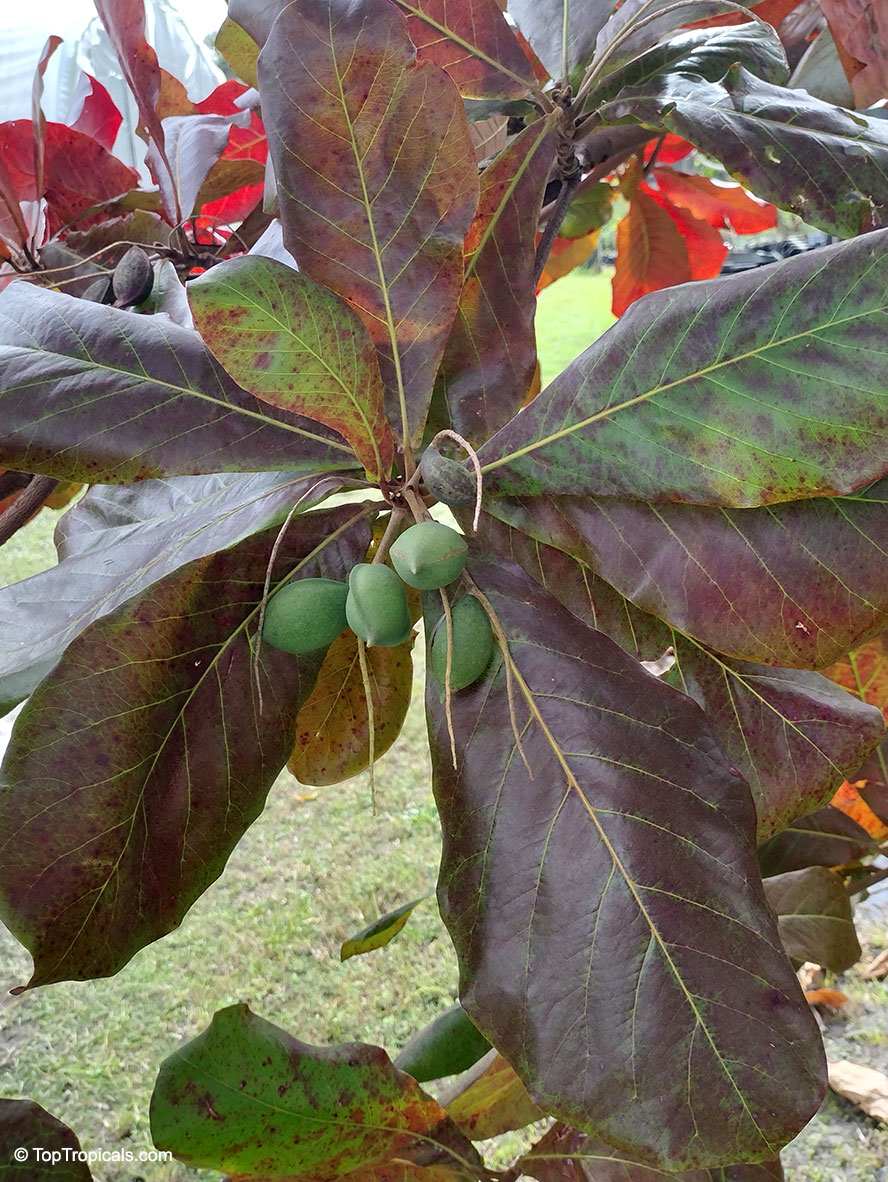
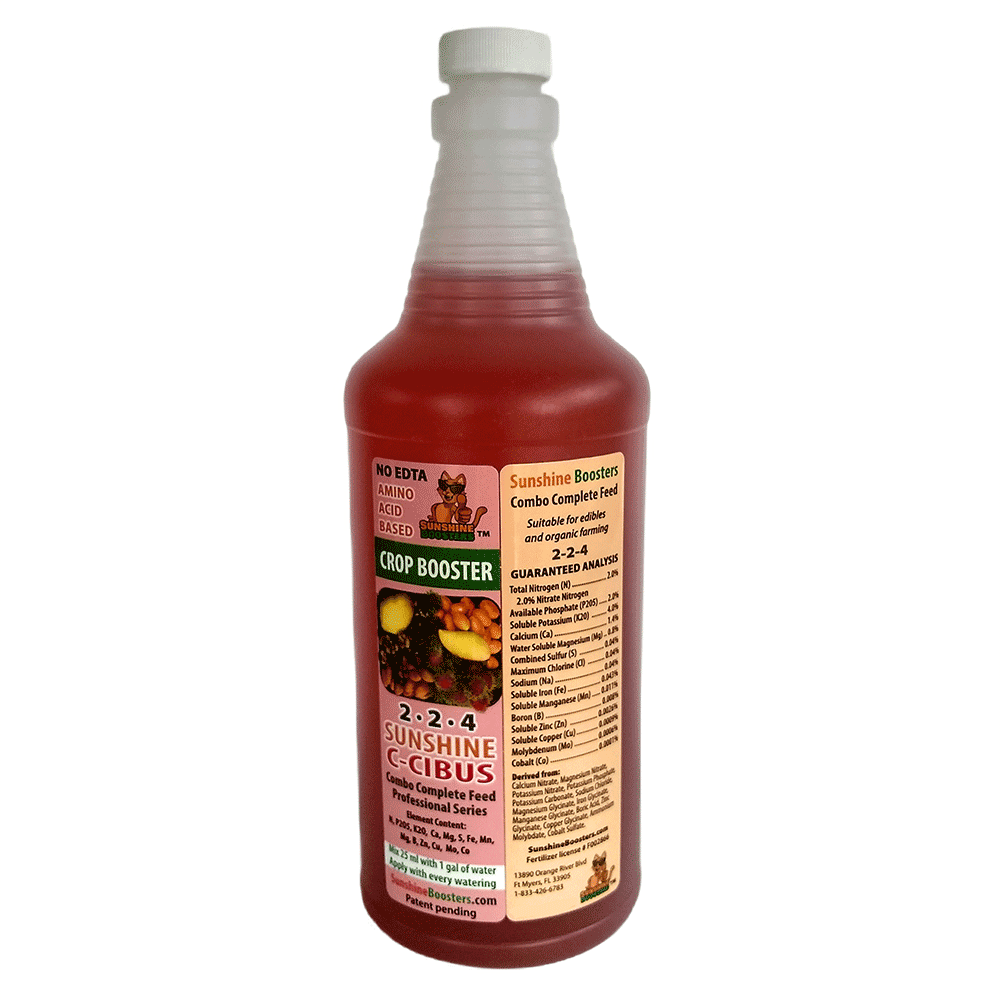 SUNSHINE C-Cibus (NPK 2-2-4) - Crop Booster for every watering.
SUNSHINE C-Cibus (NPK 2-2-4) - Crop Booster for every watering. 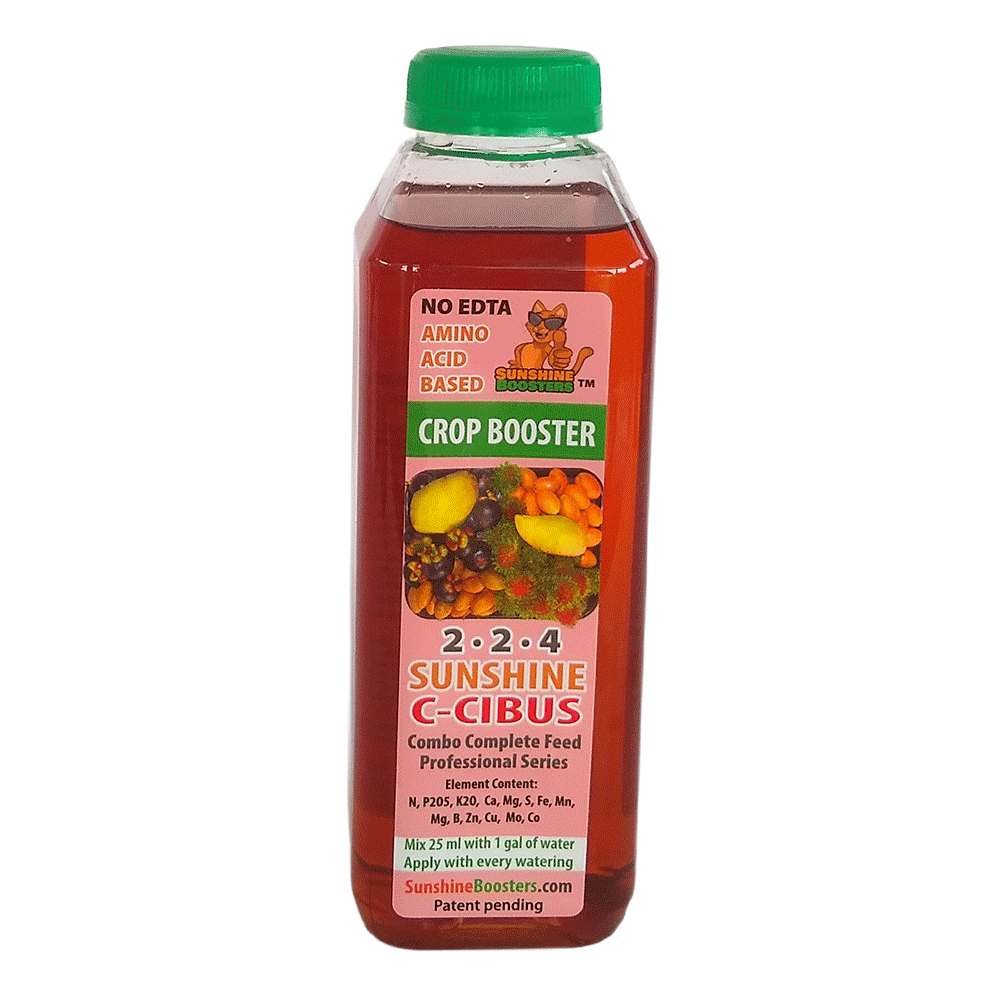 SUNSHINE C-Cibus (NPK 2-2-4) - Crop Booster for every watering.
SUNSHINE C-Cibus (NPK 2-2-4) - Crop Booster for every watering.